This time of year typically resurfaces other people’s concerns about my body. But the holidays actually reminds me of a time when I received criticism for not wearing shape wear in a photoshoot.
I’ve gone to a lot of holiday parties and get-togethers since then. And every time, I’m brought back to that place and the question of “To Wear Shapewear or To Not Wear Shapewear?”
Interestingly enough, Shapermint’s latest ad campaign answers the controversial question.
Though the Shapermint brand launched in 2018, its newest Feel Like the Masterpiece You Are is one of the brand’s most “tongue-in-cheek” campaigns brought to viewers by the Harmon Brothers.
The video features a talking statue of Venus di Milo, goddess of love and beauty. Titled “#AskVenus: Is Shapewear Body Positive?” Venus immediately takes on the realities of the transitions in a woman’s body.
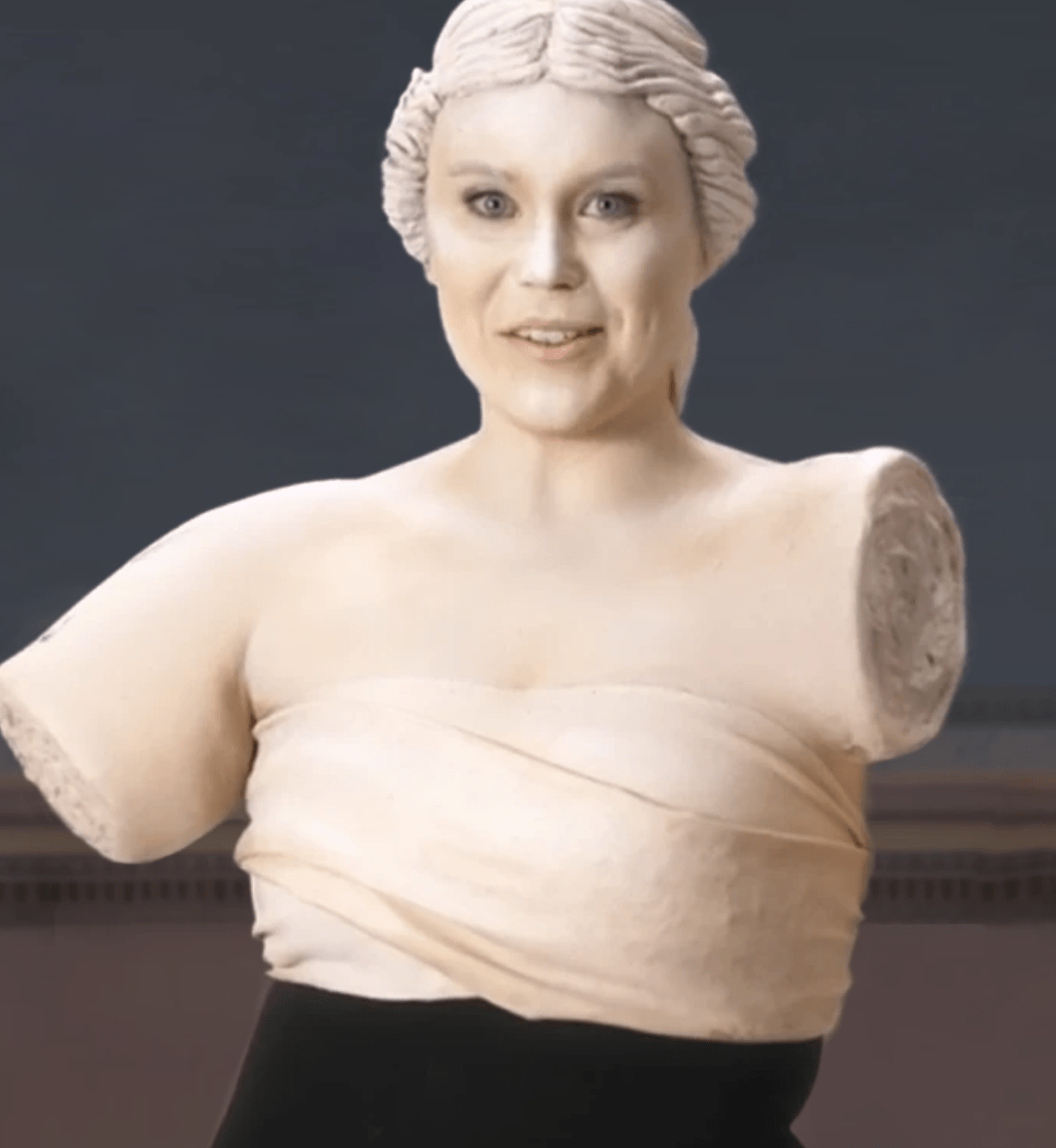
“If you’re a woman like myself, you don’t always feel like the masterpiece you are,” Venus says in the video “Feeling comfortable and confident in your clothes is almost impossible when your body is always changing.
Maybe your period just started, and you can’t fit into yesterday’s jeans. Or you grew a human inside of your body, pushed it out of your body, and you’re still expected to show up at your friend’s wedding in a bridesmaid’s dress you bought a year ago.
Maybe you made it through all of that. Congratulations. You’ve now entered menopause.”
https://www.instagram.com/p/B6DdgAtlR6K/
The Shapermint Campaign Backstory
The ad is catching up with the times of addressing how we need to love ourselves, but that it takes time to get there—especially since we live in a thin-centric society.
After speaking to Shapermint’s Head of Brand Stephanie Biscomb, she explains that before she even signed on to work with the shape wear brand, she did some initial research of the women close to her.
“The women who wear shape wear are from all walks of life and what you’re not doing is you’re failing to emphasize on the reasons why they choose to wear shape wear. It’s a choice,” Biscomb says.
“And of course [people said] ‘you’ve never had a kid Stephanie so you don’t know what you’re talking about,’ that’s mainly what they were saying. And I said ‘this is interesting because this is something women might be shamed for, which is something that is very common.’”

Biscomb broke down the dynamic of the Shapermint audience. She explains the brand has three different types of customers.
One is the first-time mother and another is the mother with grown-up children. And the third and final type of customer is the woman going through menopause.
https://www.instagram.com/p/B5dCLh_lAXl/
Every type of customer will go through the entire cycle at some point. But the ad campaign positions shape wear less as a force-fed clothing accessory. Instead, the ad positions shape wear as an assistant (when needed) in these life transitioning stages.
How Do Fat Women Really Feel About Shape Wear?
Though the Shapermint brand explained how their specific customers respond to shape wear, the topic has been a controversial one in the body positivity movement. And we have to consider the source of the campaign – a brand that wants to sell more shape wear.
https://www.instagram.com/p/B42TRUfD94V/
I spoke to several plus size women, some of which who admitted to not wearing it altogether. Each of them offered their take on shape wear advertising and the existence of shape wear as it pertains to 2019 values.
There are some people who proudly subscribe to shape wear as Biscomb describes from her market research. Editor Katie Dupere, who represents a size 16, is fully aware of what shape wear does to a person’s body as well as their mind and emotions.
https://www.instagram.com/p/BpnvZRgD3Z-/?utm_source=ig_web_copy_link
“I guess I come at the shapewear conversation from that point of view where I recognize its downfalls but I also can’t deny that I’m a lover of shapewear,” Dupere explains.
“And so while I can critique commercials that are portraying fatness in a negative light or packaging portraying fat bodies as a problem to squeezed down to a smaller size or smoothed out or tailored to the public idea of what an acceptable body should look like, I also recognize that I also buy into those things.”
Dupere describes shape wear as “being in closer proximity to thinness.” And since thinness has often been the standard, the closer you are, the more accepted you become in certain spaces.
https://www.instagram.com/p/B55rOftFGSy/
“Your body’s more accepted, you’re more accepted, and you’re not as self-conscious because you are getting closer to that idea of thinness,” Dupere explains.
“I recognize that I’m a body positive person who still has body negative thoughts, body negative habits and still looks at my body sometimes and isn’t fully accepting of it.
And isn’t fully positive about it. And that’s where shape wear comes into my own life.”
Fat Representation in Shape Wear Advertising
Fashion and beauty influencer Stephanie Nadia is a size 22 who didn’t understand fatphobia at a young age. She compares fat representation in shape wear to a story about a family member who lost weight.
On a family vacation, that same family member had judged her dancing on stage during an interactive audience performance.
https://www.instagram.com/p/B6av-v9AWVP/
“When I came back to the table, my uncle was like ‘wow I would not have ever done that. I didn’t think you were that brave.’” Nadia tells me.
“And I was like ‘What do you mean that brave? I was just having fun. I was just being me.’ And so I feel like sometimes when it comes to things like this [shape wear ads], there’s this narrative of someone else’s insecurities being placed on people’s different sizes and body shapes that we didn’t have to begin with.”
Shape Wear Has Other Beneficial Uses
Nicole Denise Johansson is a published plus size model, influencer, and mom who believes the narrative of shapewear — particularly with Instagram influencers — is starting to change. Johansson explains that a different shape wear conversation is being had altogether.
Some plus size models and bloggers are speaking on the physically supportive benefits of shape wear. And the conversation is becoming less and less about aesthetics.
“Before it was at about hiding the fact that you have a tummy or making your thighs look smaller,” says Johansson.
“And then it changed to ‘let’s accentuate your curves so we’re going to make your waist look smaller and your butt look bigger.’ Now I feel like it’s more to wear under dresses so that if you’re wearing a dress and it comes up, people don’t have to see your underwear.
There are these shorts so that your thighs don’t rub together which is a big thing for people whose thighs touch.”
https://www.instagram.com/p/B6AZJuigfW0/
Johansson even uses the waist trainer as an example of the new-age way of promoting shape wear on Instagram. Explaining her own use for a waist trainer is one example of changing the shape wear advertising conversation.
“I have a waist trainer, but I wear it because I don’t have the best core strength, I’m very large-chested, it helps with my posture, and it helps me engage those muscles so I’m not depending on my back muscles as much.”
More Brands Need To Address Fatphobia In Shapewear Ads
In the plus size community, there are some people who are very conscious of shape wear’s purpose. Sometimes, it’s the very reason why they don’t subscribe to it.
Ashleigh Nicole Tribble, also known as Ashleigh Chubby Bunny, is an influencer and activist who describes herself as a size 23/24. Tribble explains that she no longer wears shape wear anymore.
https://www.instagram.com/p/B2E7h3bJVo-/
“I know what I signed up for when I bought this garment,” she says. Tribble recalls watching infomercials when she was younger about a slimming undershirt as her first introduction to shape wear.
“They would use a thin model and she would put it on and be the same size, but have a little bit of a curve or whatever,” Tribble tells me over the phone.
“And even then it was shown as an addition or an accessory. But if you’re somebody that really truly believes in body positivity and you feel like ‘whatever works for you works for you.’
You should be willing to be open about conversations that are surrounding fatphobia because that’s essentially the root of f*cking shape wear because fatphobia is the root of trying to contour and restrict the body so you don’t see all of it.”
The Question Remains: Is Shape Wear Body Positive?
Ultimately, shape wear is dependent on the person who wears or doesn’t wear it.
As the Shapermint ad campaign reiterates, it’s a choice.
As fat people who want to be respected in this world, society doesn’t make it easy to exist as a fat person.
For some on the smaller end of plus, shape wear can represent a break from society’s fatphobia. It offers a minuscule moment of mental solace. Everything from the long stares, the unwarranted comments, and the inherent “otherness” you’re made to feel can be put at bay.
But for others, no amount of shape wear can make one’s body “acceptable” enough to prevent society’s discriminatory treatment.
We are in a society where thinness is praised. And most certainly, a fat with rolls, belly and stretch marks throws a monkey wrench into the systems that be. But self love is a journey, and a worthy pursuit.
Hopefully, when we reach the end of our stop, shape wear will be about as trendy as corduroy blazers.



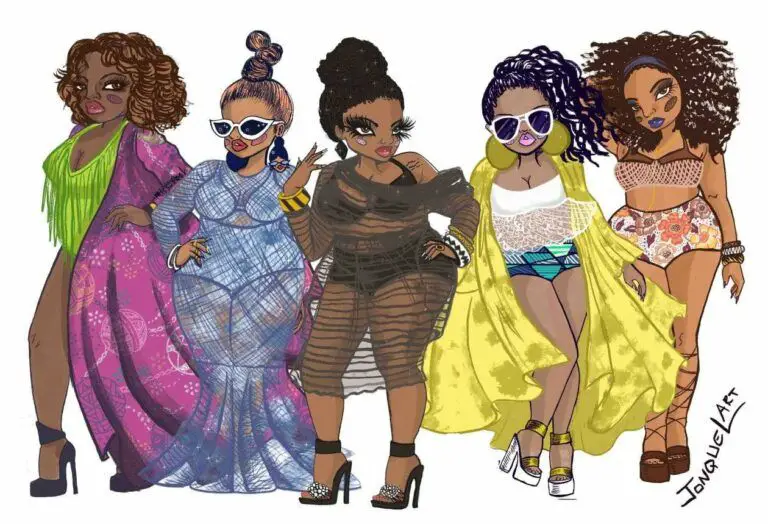
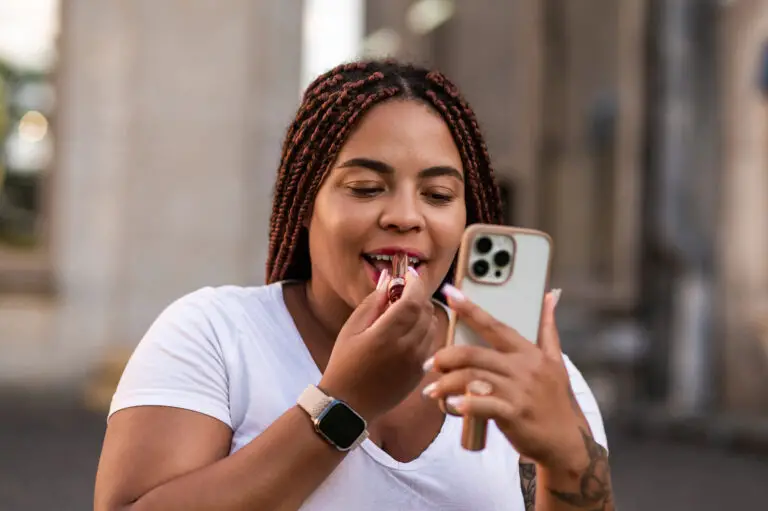
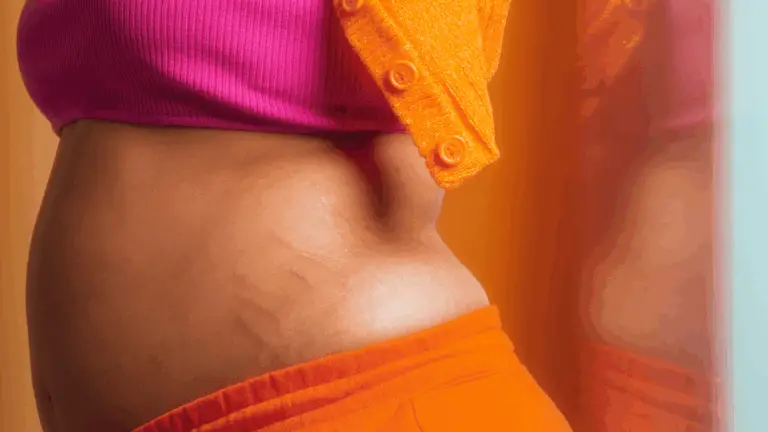
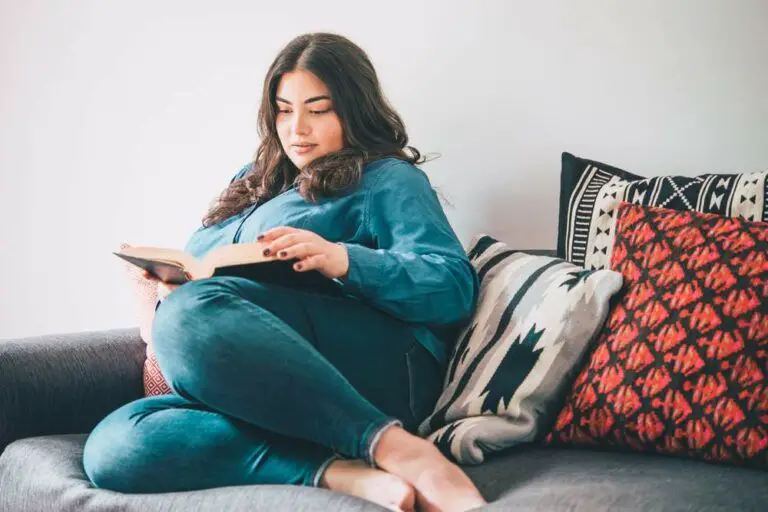
I love shapewear for a lot of reasons. As I’ve lost weight, the shapewear has helped me get comfortable with my new body. It helps with my posture and alignment. I’m smaller but not as toned as I’d like to be, so it helps with the jiggle in my wiggle. And lastly, I like a smooth, well put together neat look. Shapewear helps me achieve that. I wear it no matter what size I am. For instance, I found some wide leg linen pants that I just loved. But they were unlined. My feetless tights gives me the confidence to wear them.